The Grocer’s 2017 Top Products Survey, THE definitive guide to the current state of the UK’s grocery industry
Spreads, jams and marmalades came unstuck in 2017 thanks to a combination of increasingly sugar-shy shoppers and Brexit.
Granted, the headline figures for spreads don’t look too shabby, but take nut butters out of the equation and it’s a different story. Without nut butter (one of the trendiest foods of the moment), the top 50 brands’ growth goes from £12.8m to £4.7m. Volumes go from being flat to being down by 1%.
Things are even worse in jams & marmalade. The supers have sold 6.9 million fewer jars of the stuff, a decline of 5.7%, although category value has been buoyed by soaring input costs being passed on to consumers. As early as January, prices had risen by an average of 5% across 755 sweet spread SKUs, according to our analysis of Brand View data.
Data Box
Top 15 Jams & Spreads Sales
Suppliers said sterling’s weakness following the EU referendum and the country’s growing aversion to sugar were key contributors. But that’s not all, says David Atkinson, MD at Hain, owner of Hartley’s and a number of other sweet spreads.
“The decline in sliced bread consumption and the slightly less versatile nature of the product in terms of occasions and usage have been factors,” says Atkinson, while also pointing out that, with 67% penetration, jams remain “the most popular spreads category”.
Allaying fears over sugar content is one way brands and retailers are looking to retain jam’s popularity. Reduced sugar alternatives now make up 17% of Sainsbury’s own-label jam range and 13% for Tesco. The Stute brand, meanwhile, has rebranded its diabetic jams as ‘no added sugar’ to reflect changing tastes.
You might think Nutella’s 58% sugar content explains its 1.6% fall to £49.7m, but volumes are actually up 0.5%. “We encourage people to consume our products in small quantities; that’s why 95% of our products are less than 150 kcal a serving,” says Ferrero customer development director Levi Boorer. He puts Nutella’s 55.8% growth since 2013 down to its “versatility and marketing investment”.
The year’s fastest growers - Rowse Honey (up £2.7m) and nut butter brands Whole Earth (up £3.8m) and Meridian (up £4.7m) - are benefiting from similar factors. All three say they’re for more than merely smearing on bread, pushing them as cooking ingredients.
Peanut butter is increasingly marketed on health grounds and its high protein content. “Our ‘down to earth’ goodness positioning has really resonated with consumers,” says Whole Earth controller Kirstie Hawkins.
And it’s no longer just peanuts, says Pip & Nut founder Pippa Murray: “Evolving consumer dietary needs and desire for excitement in food has seen an increase in butters made from a variety of nuts and seeds.”
TOP LAUNCH

Choco Coco/Hazelnut Butter by Pip & Nut
It takes nuts to square up to a market leader at only two years old. Then again, you can hardly blame posh nut butter brand Pip & Nut, already on track for a £6m turnover in 2017 thanks to the impeccably timed lunch of its premium nut butters, for feeling confident. With its Chocolate Coconut Hazelnut butter (£3.95, 225g) launched in May, the brand will be the latest to take on the full force of Nutella, hoping to cement its spot in the spreads aisles. With its track record, it’s in with a shot.
The Grocer Top Products Survey 2017: Up!

A plummeting pound has sent food & drink prices flying, with 93 of the 114 sectors analysed in our annual roundup inflating
- 1
- 2
- 3
- 4
- 5
- 6
- 7
- 8
- 9
- 10
- 11
- 12
- 13
- 14
- 15
- 16
- 17
- 18
- 19
- 20
- 21
- 22
- 23
- 24
- 25
- 26
- 27
- 28
- 29
- 30
- 31
- 32
- 33
- 34
- 35
- 36
- 37
- 38
- 39
- 40
- 41
- 42
- 43
- 44
- 45
- 46
 Currently
reading
Currently
reading
Jams & spreads: spreads in a jam as input costs spiral
- 48
- 49
- 50










































































































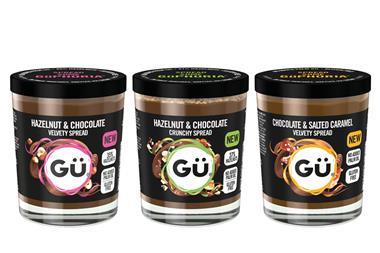
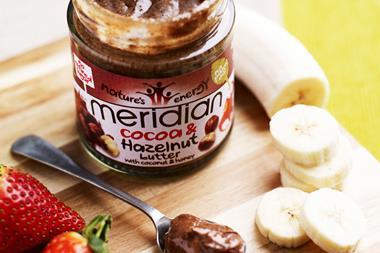

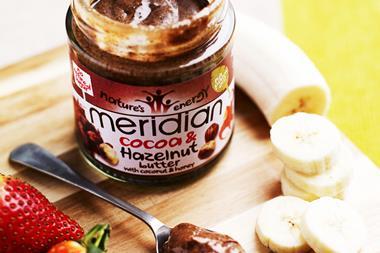
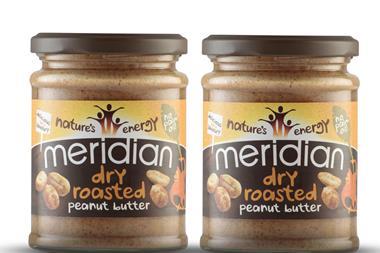
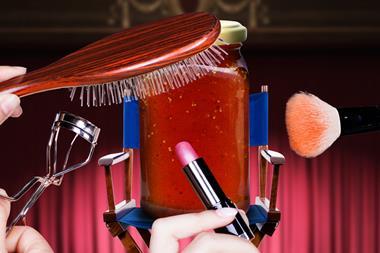






No comments yet